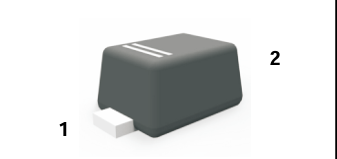Date:2025-05-19 Categories:Product knowledge Hits:524 From:Guangdong Youfeng Microelectronics Co., Ltd
Switching Mechanism
The rapid switching behavior of switching diodes is attributed to their ability to quickly transition between the forward-biased (on) and reverse-biased (off) states. When the applied voltage changes from forward bias to reverse bias, the diode doesn't immediately turn off. Instead, there is a short delay known as the reverse recovery time (trr). During forward biasing, a significant number of minority carriers are injected into the opposite regions. When the bias is reversed, these stored minority carriers need to be removed or recombined before the diode can block the reverse current effectively. switching diodes are specifically designed with a minimized trr by using materials and manufacturing processes that reduce the storage of minority carriers, enabling them to switch states rapidly, often within nanoseconds. This characteristic makes them ideal for high-speed switching applications, such as in high-frequency digital circuits where signals change states thousands or millions of times per second.
In conclusion, the working principle of switching diodes relies on the unique properties of the PN junction under different biasing conditions. Their ability to switch between low-resistance (on) and high-resistance (off) states with minimal delay provides the foundation for countless electronic applications, contributing significantly to the efficiency and performance of modern electronic systems.

Previous: Classification, Structure, and Principle of MOSFET
Next: Principle of Electrostatic Discharge (ESD) Protection Diodes